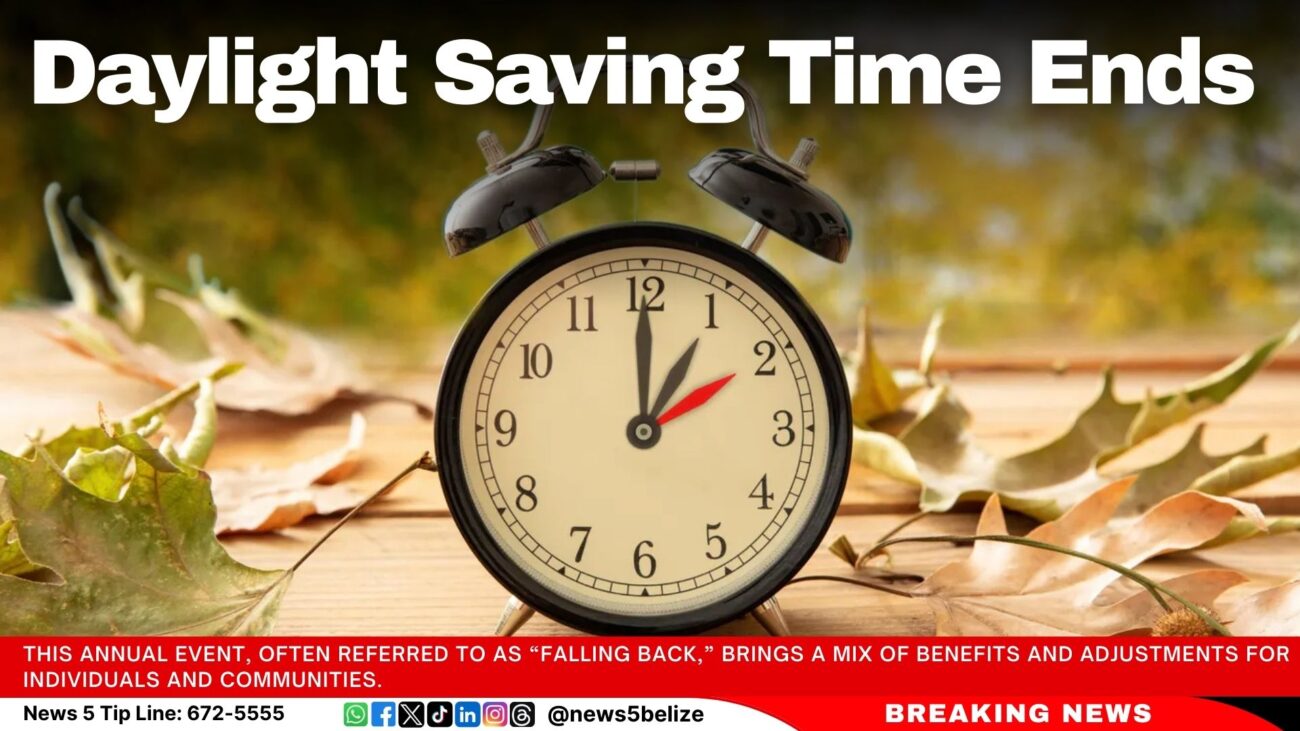Daylight Saving Time Ends
On November 3rd, 2024, Americans across the country set their clocks back one hour, marking the end of Daylight Saving Time (DST) for the year. This annual event, often referred to as “falling back,” brings a mix of benefits and adjustments for individuals and communities.
The end of DST means that mornings will be lighter and evenings will be darker. This shift can have several immediate impacts:
- Sleep Patterns: Many people appreciate the extra hour of sleep gained when clocks are set back. However, the change can also disrupt circadian rhythms, leading to temporary sleep disturbances as our bodies adjust to the new schedule.
- Daily Routines: With the sun setting earlier, activities that rely on daylight, such as outdoor sports and evening walks, may need to be rescheduled. This can also affect mental health, as shorter days and longer nights can contribute to seasonal affective disorder (SAD).
- Safety Considerations: The time change can impact road safety. Studies have shown an increase in traffic accidents immediately following the switch due to altered sleep patterns and reduced daylight during evening commutes.
- Energy Consumption: One of the original purposes of DST was to save energy by extending daylight hours. However, modern research suggests that the energy savings are minimal, and the benefits may not outweigh the inconvenience.
Daylight Saving Time was first introduced during World War I as a way to conserve energy. It was standardized in the US by the Uniform Time Act of 1966. Despite its long history, DST remains a topic of debate. Many Americans express frustration with the biannual clock changes, and there is a growing movement to make DST permanent. Nineteen states have passed legislation to “lock the clock,” but such a change requires federal approval.







Facebook Comments